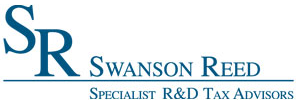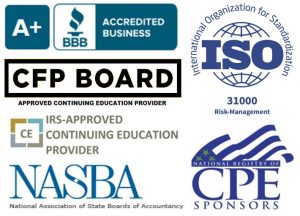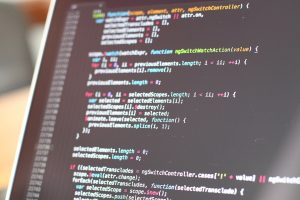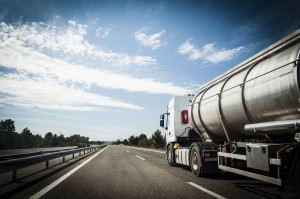Virginia Patent of the Month – May 2025
A newly issued U.S. patent could transform how industries identify complex chemical mixtures with high precision and speed. U.S. Patent No. 12292399, titled ‘Highly selective [...]
Manufacturing Case Study
Wino Incorporated, a specialist in wine cellar refrigeration, was approached by a vineyard in 2012 to reduce their cellar temperatures from 59°F to 54°F. Wino devised a solution involving vaporizing cold liquid CO2 from a recovery plant and processing it through cooling units. To qualify for the Research and Experimentation Tax Credit, Wino self-assessed its eligible R&D activities based on “The Four-Part Test.” These activities included the design and development of prototypes to test the hypothesis of reducing temperatures by 5°F using CO2, involving in-depth analysis, system refinement, and updated technical drawings. Although the initial system implementation failed due to too many uncontrollable variables, Wino still claimed R&D for subsequent redesigns, including a complete change to use CO2 as a conventional refrigerant, a standalone plant with new compressors, pump recirculation of liquid CO2 to larger evaporators, and adding new evaporators. Background research, focusing on identifying issues, designing CO2-based solutions, and client liaison, also qualified as R&D, encompassing client meetings, internal design development, discussions with site operators, and design submissions. Finally, ongoing analysis of customer feedback, including interpreting experimental results, assessing client feedback, client inspections, and validating design inputs during operation and testing, were deemed necessary for improving the prototype design and thus qualified as R&D. Qualified research for the tax credit aims to develop new or improved business components, meeting criteria of permitted purpose, elimination of uncertainty, a process of experimentation, and being technological in nature. Wino maintained thorough documentation, such as meeting notes, sketches, photos, testing protocols, results, and tax invoices, to demonstrate compliance and prove R&D eligibility. Click here to learn more.
Choose your industry
Choose your state







































